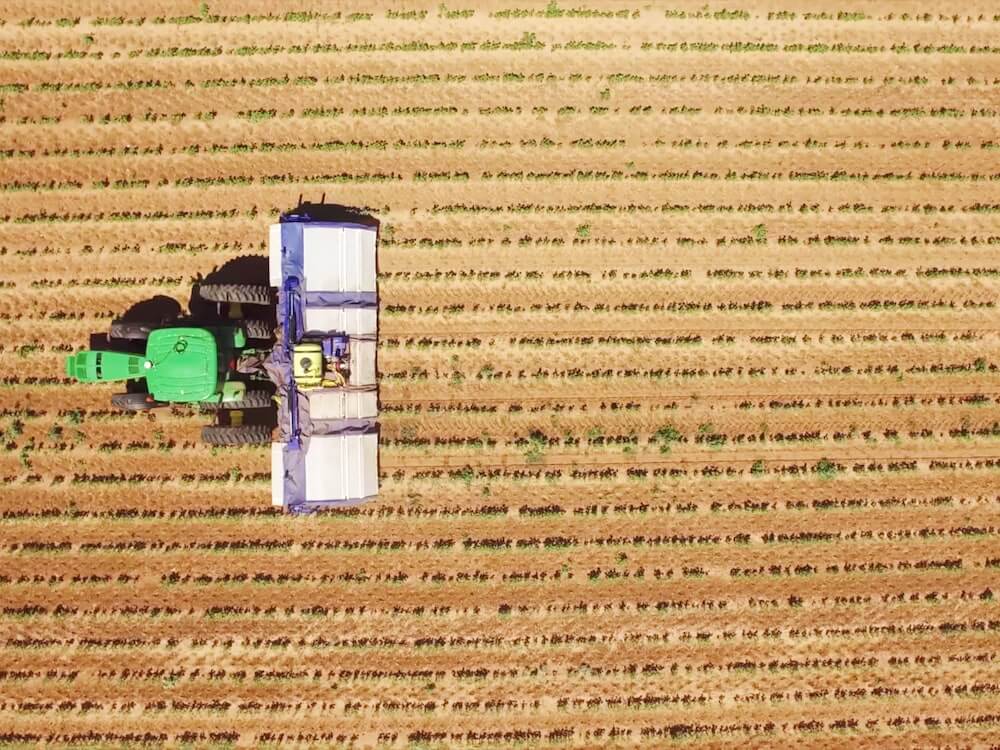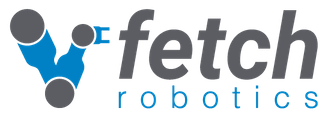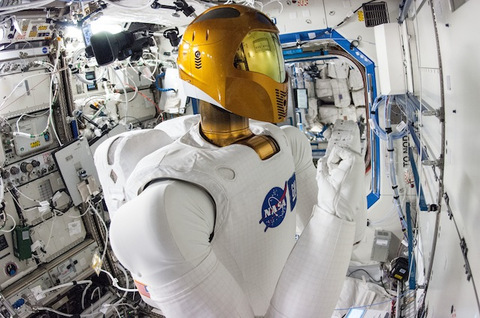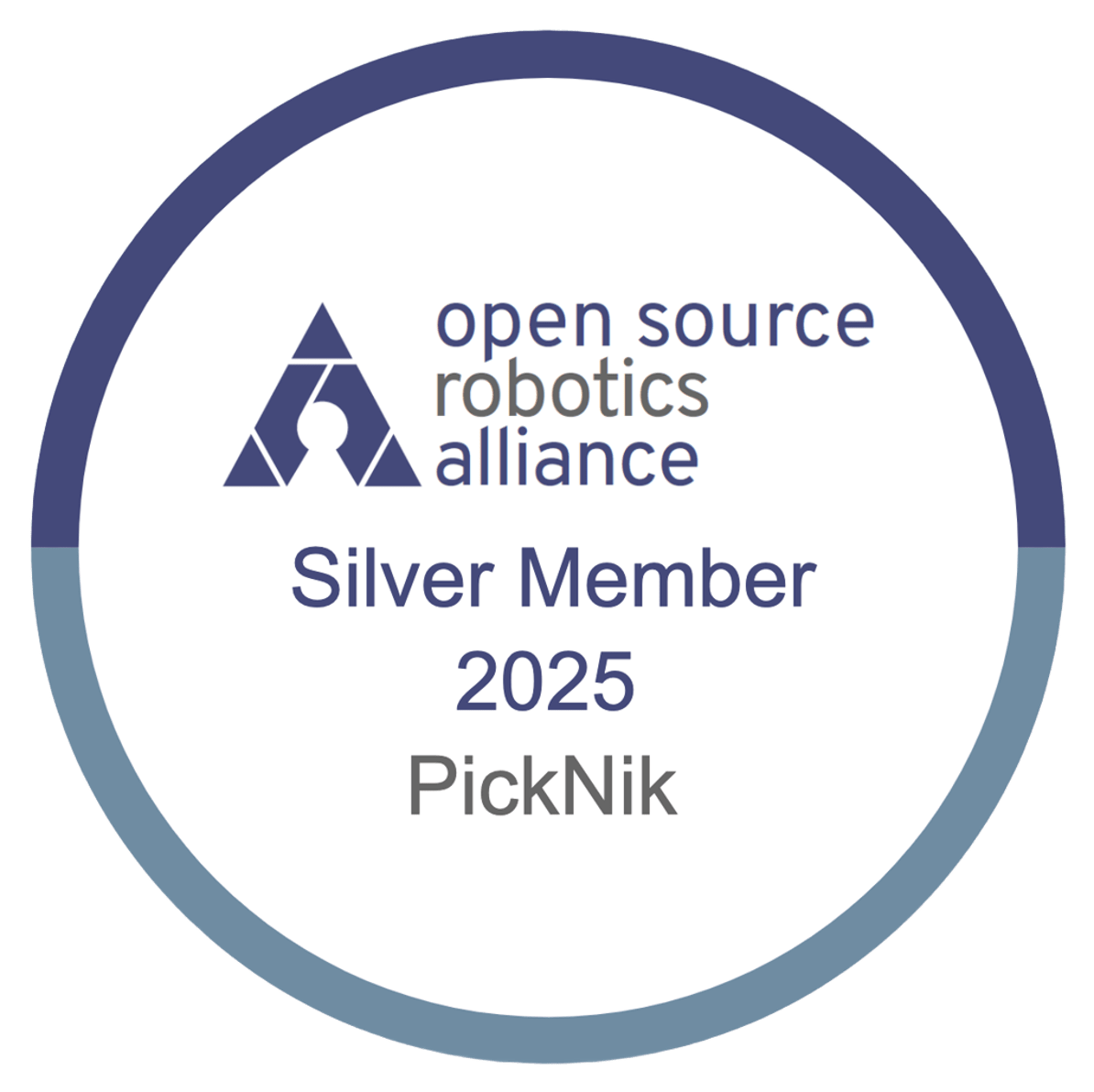Robot Operating System (ROS)
ROS is the de facto standard for advanced robotic systems today.


The Robot Operating System is an open source software development kit for building advanced robotics applications. The world has seen a dramatic shift to ROS over the past few years, and ROS is now powering a majority of robots globally. PickNik is a major advocate, developer, and thought leader in the ROS community, and provides ROS Consulting and Support to our clients.
ROS montage video
Avoid reinventing the wheel by building on top of royalty free open source libraries
Prototype quickly with ROS for your MVP on through to your deployable product
Share common knowledge and training with scientists, engineers, developers, and students worldwide
Use ROS drivers and abstractions that remove your dependence on any one hardware or software provider
Trust the same software used by NASA, being taught in renowned graduate robotics programs like MIT, and utilized by many robotics companies
Deploy the same code on Linux, Windows, and macOS to allow seamless integration of your complex system
In 2017 tractor giant John Deere spent $305 million to acquire a lettuce-farming robot startup Blue River. Their robotic platform was built on ROS and according to Willy Pell, Blue River’s Sr. Systems Engineer:
“ROS has been a fantastic tool for us. I love how you can gut one node and not have it affect the rest of the system. I love how you can break the system apart and test subcomponents. Being able to confidently refactor, test and debug large parts of the system allows us to evolve extremely quickly.”












In 2014 the Robonaut 2, running ROS software, arrived aboard the International Space Station (ISS). The Robonaut was developed at NASA's Johnson Space Center and in addition to ROS, uses OROCOS and MoveIt.

MoveIt Pro uses the ROS ecosystem internally to reduce code duplication and maintain interoperability to many types of robotic arms, actuators, and sensors. Both MoveIt and ROS were originally developed for Willow Garage's PR2 robot platform (pictured above). MoveIt is the third most popular ROS package and a vital part of the ROS ecosystem.
ROS 2 is the exciting next generation of the Robot Operating System designed and developed from the ground up to address the needs of industry. ROS 2 promises increased production-ready robustness by addressing various shortcomings of ROS 1, including security, realtime speed, and hardened software. Moreover, communication speed and interoperability have been improved in ROS 2 by switching to the industry standard DDS for low-level communication.


ROS 2's first alpha release was in 2016, and has been officially out of beta since 2017. Since then 6 major releases of the ROS 2 platform have been made, which now includes Long Term Support (LTS).
The final version of ROS 1.0 was released May 2020 with the Noetic Ninjemys distribution. All future development and support will be with ROS 2.0, so we at PickNik recommend that all new projects build on ROS 2.
PickNik Robotics has provided ROS consulting and ROS support for over 100 companies to date.
Contact us for ros consulting
PickNik provides engineering services and support for commercial ROS applications such as robotic agriculture, surgery, warehouse logistics, aerospace, manufacturing, food preparation, construction, and home assistants. PickNik's core capabilities include ROS-based manipulation, control, perception, and navigation.
The Open Source Robotics Foundation (OSRF) is the main company behind the ROS middleware and infrastructure, and they have been working hard to bring ROS 2 to the world. PickNik is a partner with OSRF, working closely in the open source ecosystem to improve the ROS community and software.
1 www.businesswire.com The Rise of ROS: Nearly 55% of total commercial robots shipped in 2024 Will have at Least One Robot Operating System package installed